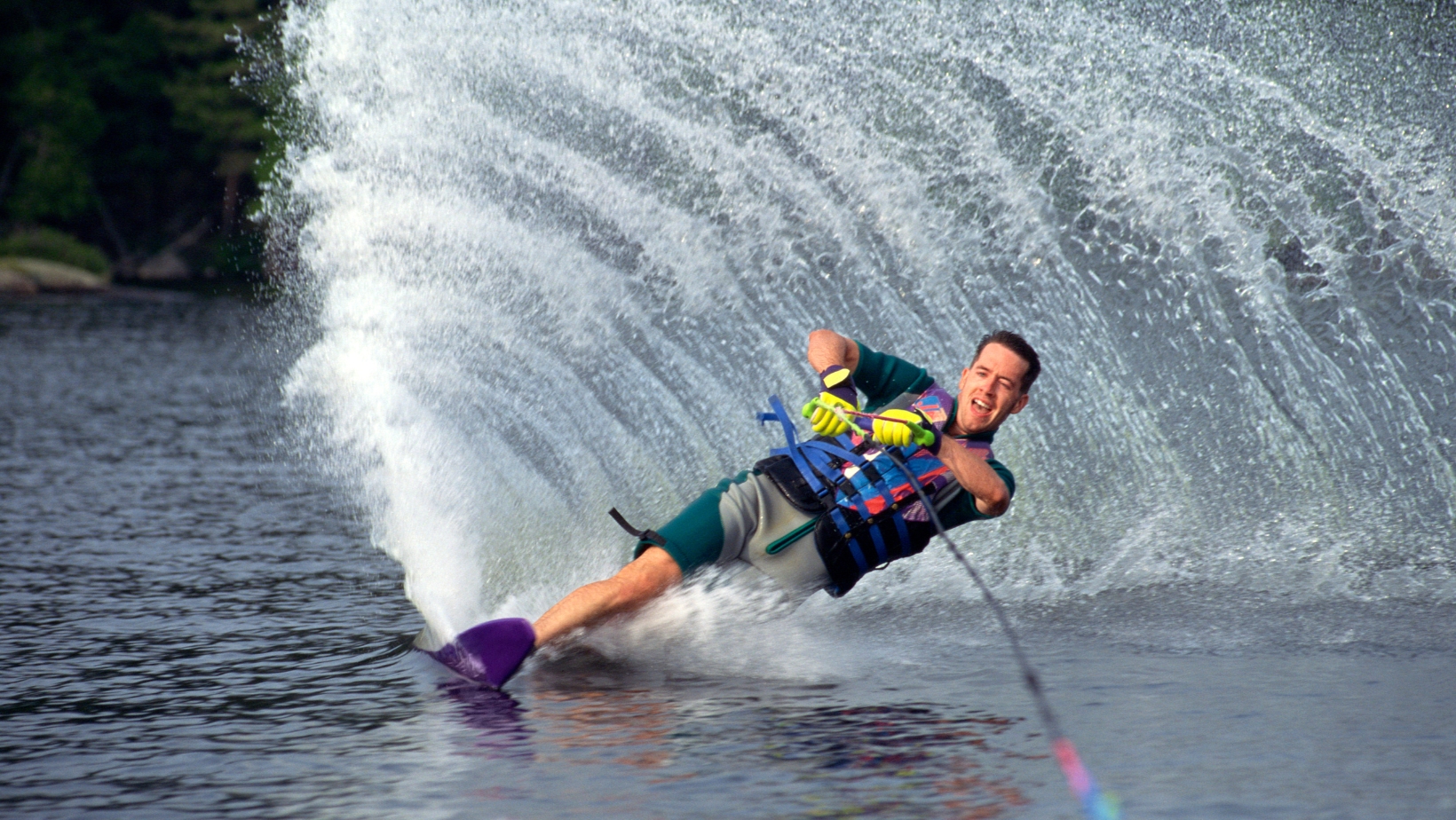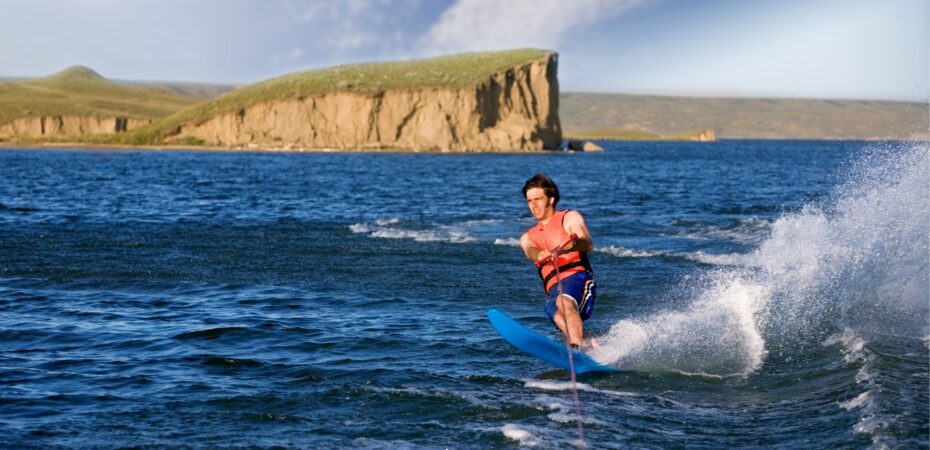When it comes to towing a water-skier in Florida, there are specific regulations in place that dictate what must be onboard the boat. Under Florida law, ensuring the safety of everyone involved is a top priority. So, what exactly must you have on your boat while towing a water-skier?
Under Florida law, there are three main requirements for boats engaged in water-skiing activities. First and foremost, a person capable of operating the vessel should be present at all times. This means that someone who is experienced and knowledgeable about boating should be at the helm to ensure safe navigation and quick response in case of any emergencies.
Secondly, every vessel engaged in towing a water-skier must have an observer on board. The observer’s role is crucial as they keep a watchful eye on the skier while also maintaining awareness of other vessels or potential hazards in the surrounding area. Their presence enhances overall safety by providing clear communication between the skier and the driver.
Lastly, it is mandatory for boats towing water-skiers to have an approved and properly fitting life jacket for each person being towed. These life jackets must meet the U.S. Coast Guard’s standards and be readily accessible on board. Wearing life jackets ensures that individuals participating in water-skiing activities are protected and can enjoy their time on the water with peace of mind.
Safety Equipment Required by Florida Law
Life Jackets
When it comes to towing a water-skier in Florida, it is essential to have the right safety equipment on board your boat. One of the most important requirements under Florida law is the presence of life jackets. These jackets, also known as personal flotation devices (PFDs), must be readily accessible and in good working condition for each person being towed.
Under Florida law, all individuals being towed behind a vessel must wear a properly fitting and US Coast Guard-approved PFD. This ensures that they are protected in case of an accident or unexpected fall into the water. It’s crucial to choose life jackets that are appropriate for the intended users, ensuring they are comfortable and provide adequate buoyancy.
Observer Mirror
Another requirement under Florida law while towing a water-skier is the presence of an observer mirror on board the boat. The observer mirror allows the operator to have clear visibility of the skier at all times, promoting safe navigation and communication between those involved.
Having an observer mirror installed provides better situational awareness for both the boat operator and skier. It enables them to maintain constant visual contact, allowing for timely adjustments in speed or direction if needed. This helps prevent accidents and ensures everyone’s safety during tow sports activities.
Tow Rope
A proper tow rope is another important piece of equipment required by Florida law when towing a water-skier. The tow rope should be strong enough to handle the forces exerted during skiing or wakeboarding sessions while maintaining sufficient length for safe distance between the boat and skier.
It’s crucial to select a tow rope specifically designed for water sports activities with a high tensile strength rating suitable for towing individuals behind boats. Additionally, it should be free from any fraying or damage that could compromise its integrity during use.

Under Florida Law, What Must be Onboard While Towing a Water-Skier?
Under Florida law, there are specific requirements for what must be onboard a boat while towing a water-skier. One important aspect to consider is the need for visual distress signals. These signals play a crucial role in ensuring the safety of everyone involved in water-skiing activities.
Visual distress signals are devices that help to alert others of an emergency situation or distress at sea. They are essential for boaters to have on board as they can aid in attracting attention and signaling for help if needed. In Florida, it is mandatory to carry specific types of visual distress signals while towing a water-skier.
The following are the accepted types of visual distress signals that should be onboard:
- Hand-held Flares: Hand-held flares produce bright light when ignited and can be seen from a distance, even during nighttime conditions. They typically burn brightly for around one minute.
- Aerial Flares: Aerial flares are designed to reach higher altitudes and provide increased visibility over vast distances. They usually burn for approximately 10-30 seconds and produce a distinct red flare pattern.
- Smoke Signals: Smoke signals create dense smoke clouds that serve as visible markers during daylight hours. They can be useful when visibility is limited due to fog or other adverse weather conditions.
It’s important to note that these visual distress signals should be Coast Guard-approved and within their expiration date range. Additionally, proper storage and accessibility of these devices on your boat are crucial so they can be easily retrieved in case of an emergency.
By having these required visual distress signals readily available while towing a water-skier, you demonstrate your commitment to safety and preparedness on the waterways according to Florida law.


 By
By 




